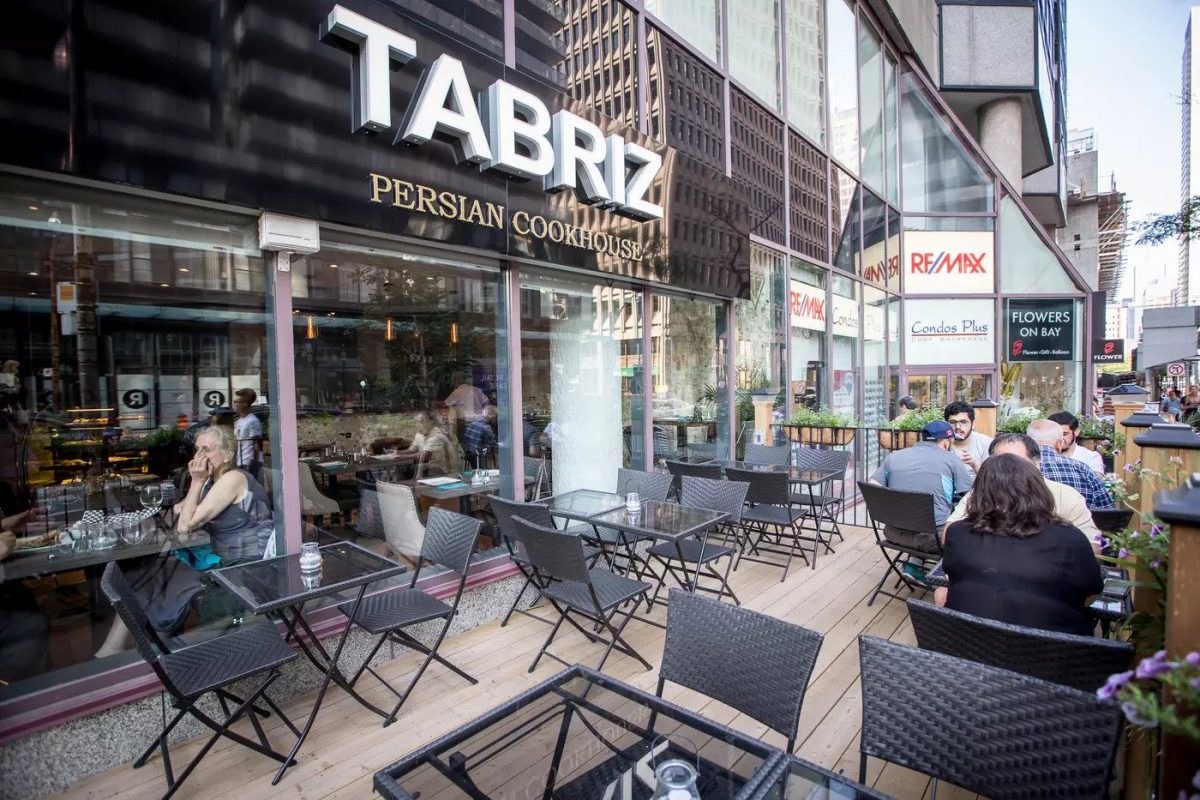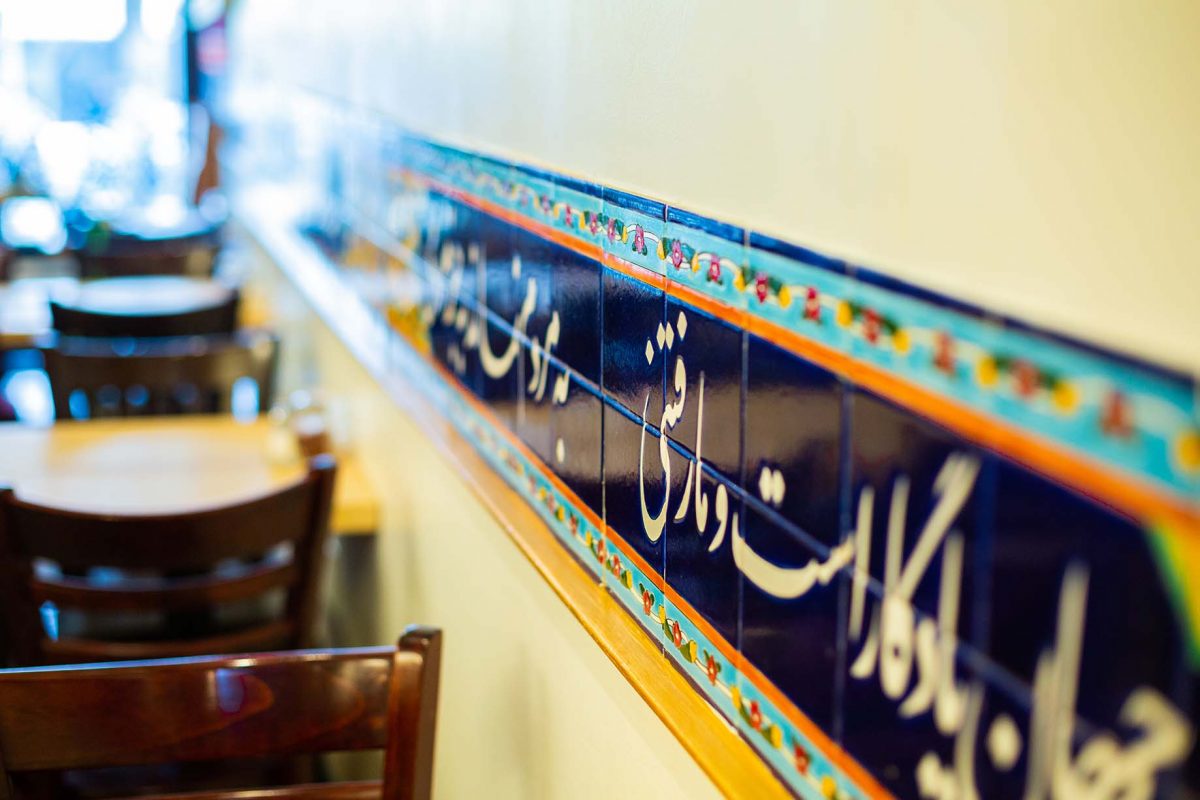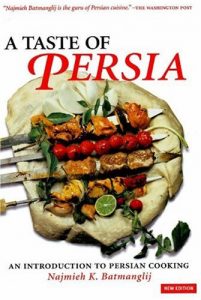Persian Flavors That Transform Sportsbook Lounges Into Premium Destinations
Transform your sportsbook lounge into a destination that rivals any upscale blaze bet experience by introducing Persian cuisine—a culinary tradition that naturally complements the energy and anticipation of live betting environments. Picture this: guests gathering around aromatic platters of saffron-infused rice and tender kebabs, sharing mezze spreads while tracking their wagers, creating an atmosphere that transcends the typical bar-and-wings formula that saturates the gaming industry.
Persian food offers sportsbook operators a strategic advantage in today’s competitive landscape. Unlike …








Recent Comments